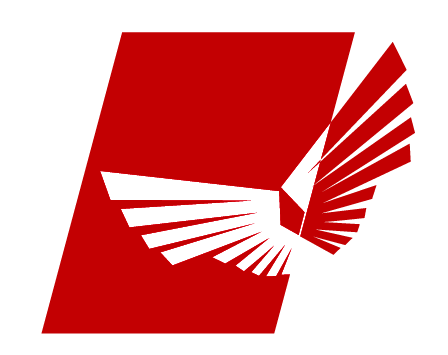In a company, in the decision-making process, it is normal to have different types of problems; problems of product innovation, price positioning, problems with the channels of distribution, problems with the positioning of the brand in the minds of customers, finding new prospective customers, etc.,.
The primary objective of the company is to define the problem. Once this situation is clear, the company must begin to research what may be the causes that generate this problem, namely the obstacles that prevent you from getting to what you want. This level of analysis is important to ensure that solutions address the actual causes of the problem. If the solution resolves only one or more symptoms, rather than one or more actual causes, it is likely that the problem will recur as it has not yet been resolved.
Once this first phase of the business strategy is completed, we move on to the creative part, where possible solutions to the problem are developed through methods such as brainstorming, the analysis of accurate marketing research, social media and new technologies. The success of a company today is increasingly focused on the final consumer. For this reason, at this stage the company interacts with customers and establishes what are the expectations regarding the product and the logistics service connected to it.
After having found several ideas that can solve the problem, it is important to be able to arrive at one and only one final result, namely the idea that most of all has greater margins of effectiveness than the goal set at the beginning. The evaluation can be performed using a simple matrix, where the solution that will get the best evaluation will be the ideal solution for the problem addressed.
Once this step has been completed, it is time to act by implementing a strategic business plan. In order to achieve all this, visibility and maximum transparency towards producers and customers are required, taking immediate corrective measures if problems arise. Fast reaction means lower financial costs.
____________________________________________________________________________________________________
All’interno di un’azienda, nel processo decisionale, è normale avere a che fare con diversi tipi di problemi; problemi di innovazione di prodotto, di posizionamento di prezzo, di marginalità , problemi con i canali distributivi, problemi di posizionamento del brand nella mente di clienti, ricerca di nuovi potenziali clienti, ecc..
L’obiettivo primario dell’azienda è dunque quello di definire il problema. Una volta chiara questa situazione, l’azienda deve iniziare a ricercare quali possono essere le cause che generano questo problema, ovvero gli ostacoli che impediscono di arrivare a ciò che si desidera. Questo livello di analisi è importante per garantire che le soluzioni risolvano le cause effettive del problema. Se la soluzione risolve solo uno o più sintomi, anziché una o più cause reali, è probabile che il problema si ripresenti in quanto esso non è stato ancora risolto.
Una volta completata questa prima fase della strategia aziendale, si passa alla parte creativa, dove si sviluppano possibili soluzioni al problema attraverso metodi quali il brainstorming, l’analisi di accurate ricerche di marketing, i social media e le nuove tecnologie. Il successo di un’azienda oggi è sempre più incentrato sul consumatore finale. Per tale ragione, in questa fase l’azienda interagisce con i clienti e stabilisce quelle che sono le aspettative in merito al prodotto e al servizio logistico collegato ad esso.
Dopo aver trovato diverse idee in grado di risolvere il problema, è importante riuscire ad arrivare a uno e un solo risultato finale, e cioè all’idea che più di tutte ha margini di efficacia maggiore rispetto all’obiettivo prefissato in partenza. La valutazione può essere eseguita utilizzando una semplice matrice, dove la soluzione che otterrà la valutazione migliore sarà la soluzione ideale per il problema affrontato.
Completato anche questo passaggio, è il momento di agire mettendo in atto un piano d’azione strategico aziendale. Per adempiere a tutto questo è necessaria visibilità e massima trasparenza verso i produttori e verso i clienti, adottando misure correttive immediate qualora insorgano problemi. Più rapida è la reazione, minore sarà l’impatto negativo e il costo finanziario.

